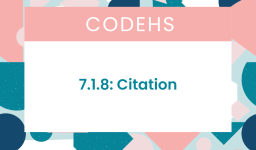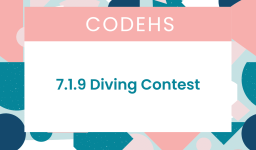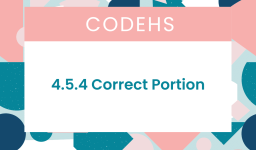The most common answer is:
penup()
backward(200)
for i in range (1):
left(90)
forward(200)
right(90)
forward(100)
left(270)
pendown()
forward(400)
left(90)
penup()
forward(100)
right(270)
pendown()
forward(400)
penup()
right(90)
forward(100)
right(90)
pendown()
forward(400)This code appears to be an attempt to draw 4 vertical columns, but there are several inefficiencies and a bit of redundancy in the way it’s structured. Furthermore, the loop for i in range (1): only iterates once, which doesn’t leverage the power of loops for repetitive actions.
Here’s a revised version that simplifies the process and correctly utilizes a loop to draw 4 columns efficiently:
import turtle
# Setup turtle
turtle.speed(1) # Set drawing speed
# Move turtle to starting position
turtle.penup()
turtle.backward(300) # Adjust starting position as needed
# Draw 4 columns
for _ in range(4):
turtle.left(90) # Turn turtle to face upwards
turtle.pendown() # Start drawing
turtle.forward(400) # Draw column
turtle.penup() # Stop drawing
turtle.right(90) # Reorient to move horizontally
turtle.forward(100) # Move to the next column start position
turtle.right(90) # Turn turtle to face downwards
turtle.forward(400) # Move back down to align with base without drawing
turtle.left(90) # Reorient turtle to original direction
turtle.done() # Prevent the window from closing immediately
This version efficiently uses the turtle graphics commands to draw 4 vertical columns. It starts by moving the turtle to an initial position. Then, for each column, it performs the following steps:
- Turns the turtle to face upwards.
- Lowers the pen to start drawing.
- Draws a vertical line (column) upwards.
- Lifts the pen and moves horizontally to the right to position for the next column.
- Turns and moves downwards without drawing to return to the base line.
- Adjusts orientation to start the next column.
This approach reduces the amount of code needed and correctly utilizes loops and turtle movements to create the desired output.



